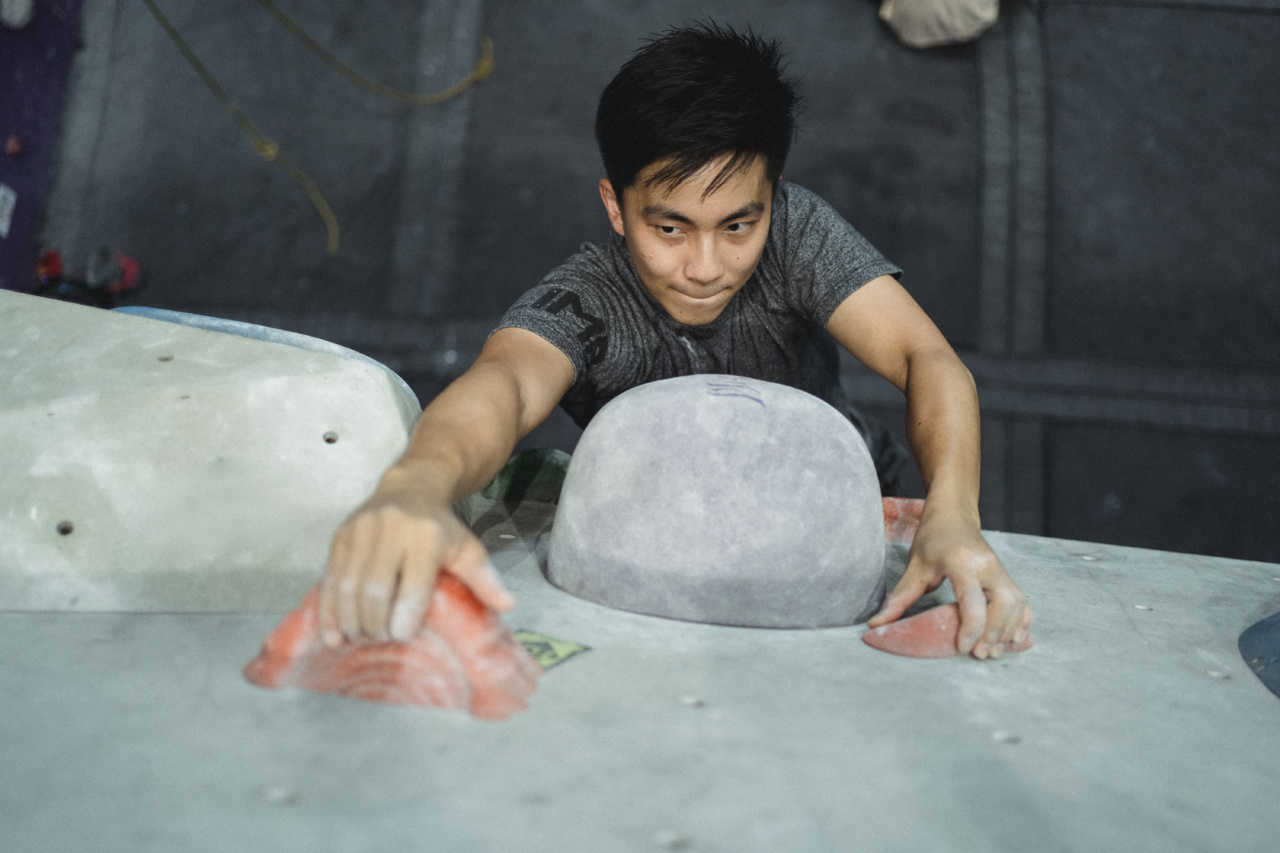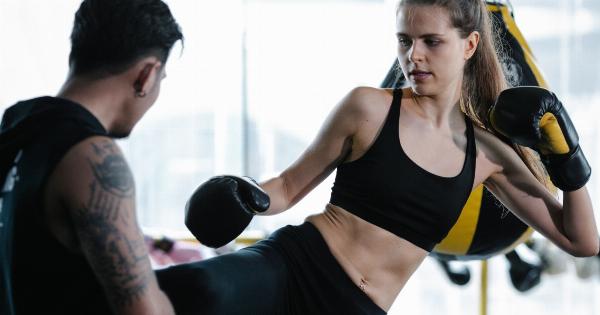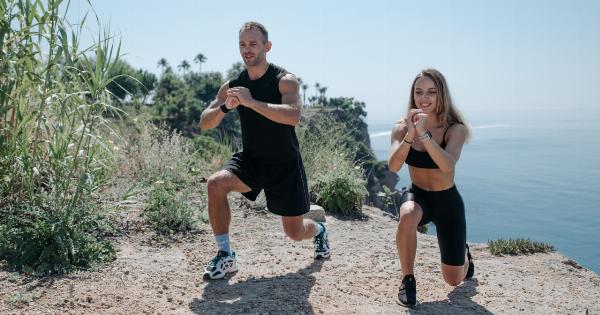As the number of diabetes cases continues to rise worldwide, it has become more important than ever to take steps to reduce your risk of developing the disease.
Along with making healthy food choices and maintaining a healthy weight, regular physical activity is one of the most effective ways to prevent diabetes. Here are the top exercises you can do to reduce your risk:.
1. Aerobic Exercises
Aerobic exercises are types of physical activity that increase your heart rate and breathing rate. Examples include brisk walking, jogging, cycling, swimming, and dancing.
These exercises can help reduce your risk of developing type 2 diabetes by improving insulin sensitivity and glucose uptake in your cells. Aim for at least 150 minutes of moderate-intensity aerobic exercise per week.
2. Resistance Exercises
Resistance exercises, also known as strength training or weight-bearing exercises, involve working your muscles against a resistance such as weights, resistance bands or your own body weight.
Examples of resistance exercises include lunges, squats, push-ups and sit-ups. These exercises help build muscle mass, which in turn helps to improve insulin sensitivity and glucose uptake. Aim for at least 2 days of resistance exercises per week.
3. High-Intensity Interval Training (HIIT)
HIIT involves short bursts of high-intensity exercise followed by periods of rest or low-intensity activity. This type of exercise has been shown to improve insulin sensitivity and glucose uptake more than moderate-intensity aerobic exercise alone.
Examples of HIIT include sprinting, jumping jacks, and burpees. It is important to start with low-intensity intervals and gradually increase the intensity over time to avoid injury. Aim for at least 75 minutes of vigorous-intensity exercise or 150 minutes of moderate-intensity exercise per week.
4. Yoga or Pilates
Yoga and Pilates are both types of mind-body exercises that can help reduce stress, improve flexibility, and increase muscle strength. These exercises can also improve insulin sensitivity and glucose uptake.
Aim for at least 2 days of yoga or Pilates per week.
5. Walking
Walking is a simple, low-impact exercise that can be done almost anywhere and at any time. It can improve insulin sensitivity and glucose uptake, making it an effective way to reduce your risk of developing diabetes.
Aim for at least 30 minutes of brisk walking per day, 5 days per week.
6. Dancing
Dancing not only provides the physical benefits of aerobic exercise but also has the added bonus of being fun and social. It can improve insulin sensitivity and glucose uptake, while also improving balance and coordination.
Aim for at least 30 minutes of dancing per day, 5 days per week.
7. Swimming
Swimming is a low-impact exercise that is easy on the joints and can provide a full-body workout. It can improve insulin sensitivity and glucose uptake and is a great option for people with joint pain or other mobility issues.
Aim for at least 150 minutes of swimming per week.
8. Cycling
Cycling is a great way to get your heart pumping while also enjoying the outdoors. It can improve insulin sensitivity and glucose uptake, while also strengthening your leg muscles. Aim for at least 150 minutes of cycling per week.
9. Hiking
Hiking is a great way to get some fresh air and exercise while also exploring nature. It can improve insulin sensitivity and glucose uptake, while also improving cardiovascular health. Aim for at least 150 minutes of hiking per week.
10. Tai Chi
Tai Chi is a type of mind-body exercise that has been shown to improve balance, flexibility, and cardiovascular health. It can also improve insulin sensitivity and glucose uptake, making it an effective way to reduce your risk of developing diabetes.
Aim for at least 2 days of Tai Chi per week.




























